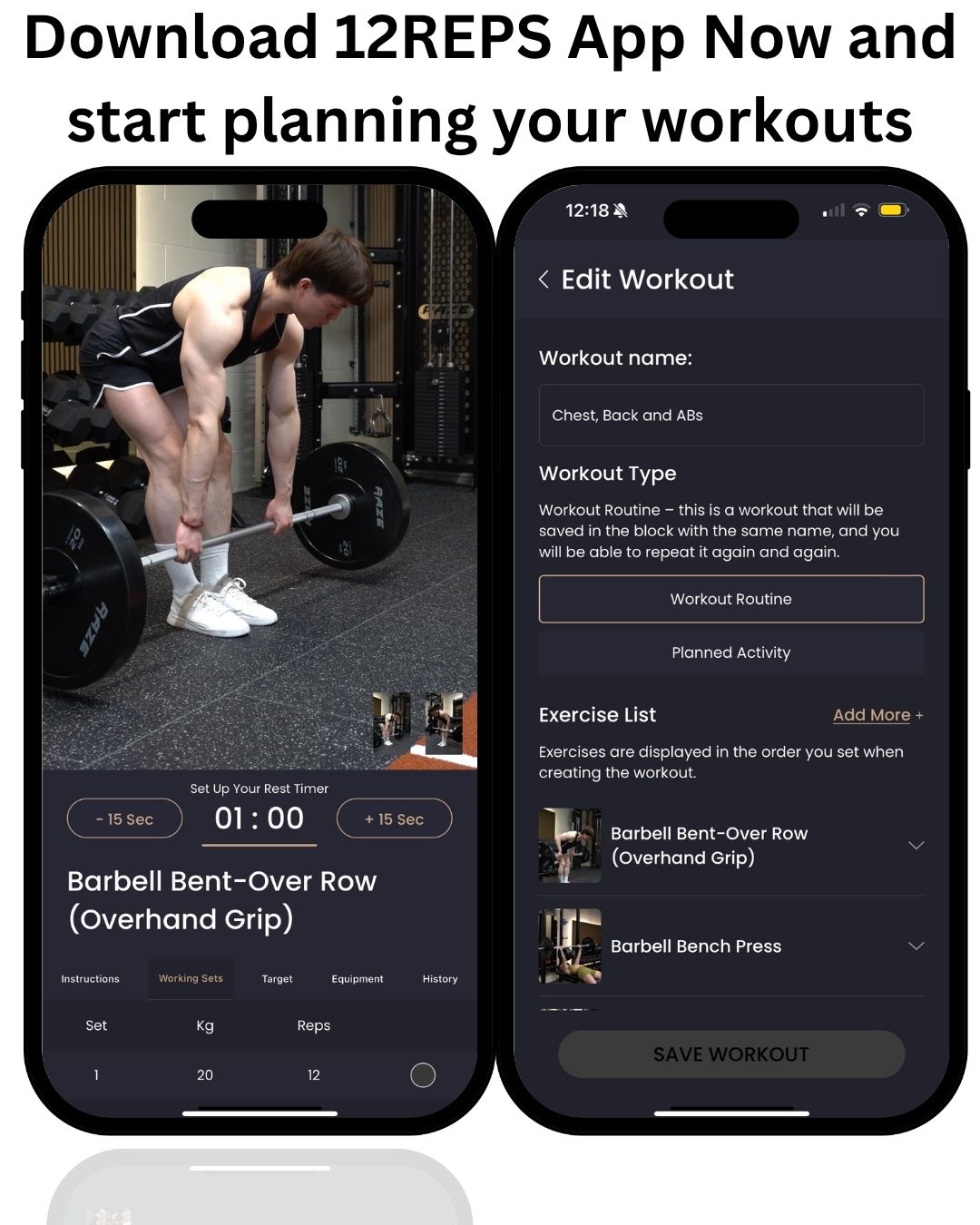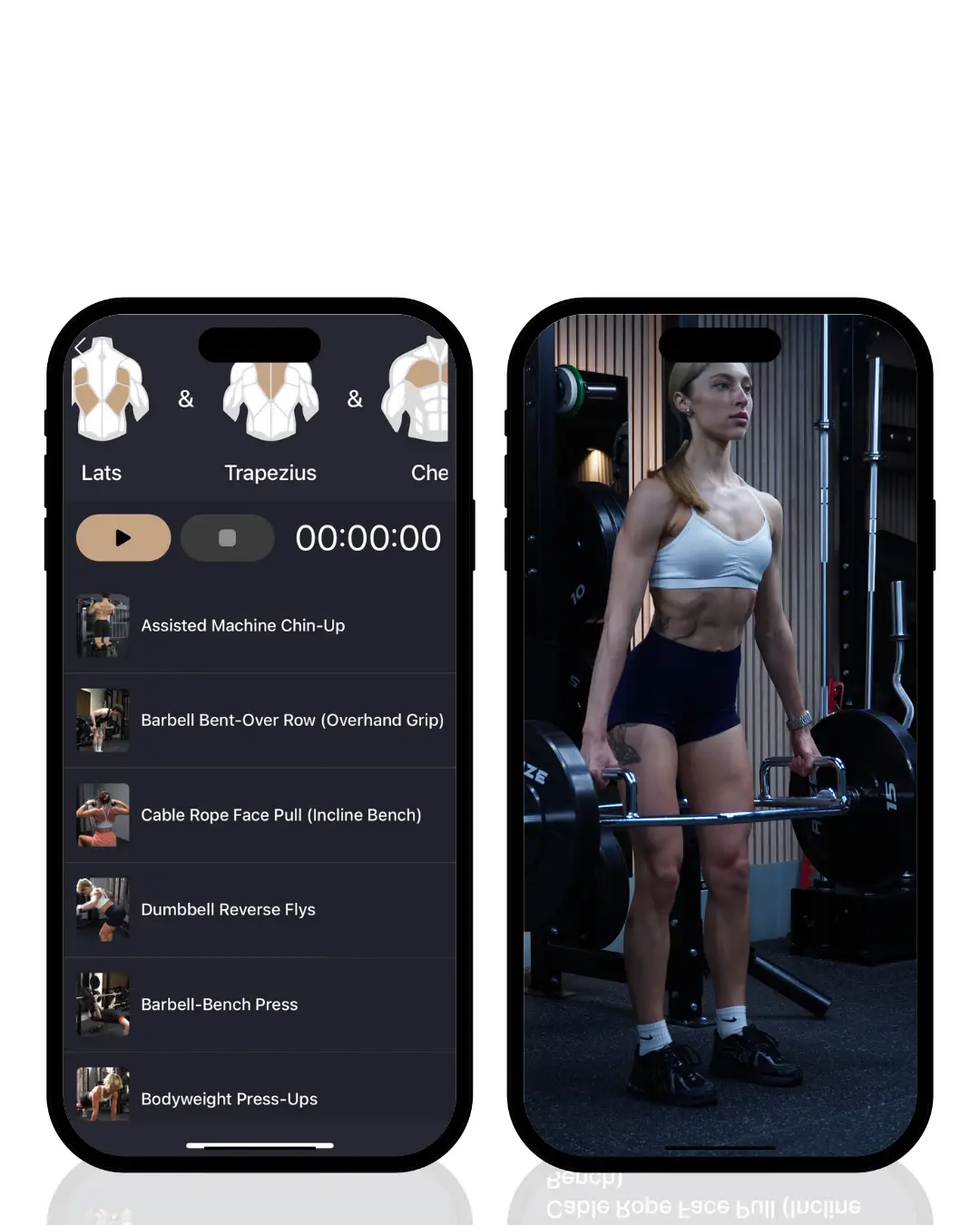Written by Will Duru, BSc (Hons) Sport and Exercise Science, award-winning Personal Trainer with over 10 years of experience in strength training and optimising recovery .
You are about to discover why most people fail at strength training – and it has nothing to do with genetics, motivation, or willpower.
In my 10 years as a personal trainer, I have watched thousands of people make the same deadly mistake. They train too much or too little. They waste months, even years, spinning their wheels. Meanwhile, a small group of people – the 3% who get it right – transform their bodies in record time.
The difference? They know the secret frequency formula.
Sarah was training 6 days per week. She was exhausted, weak, and ready to quit. Her body was breaking down. I cut her training to 3 days per week and she doubled her strength in 3 months. She went from struggling with 75kg deadlifts to pulling 100kg.
Mark was the opposite. He trained once per week and wondered why nothing happened. His muscles were starving for stimulus. We tripled his frequency to 3 times per week and he finally started growing. His arms, chest and legs grew in 4 months. His confidence skyrocketed.
Here is the brutal truth: Your training frequency determines everything. Get it wrong and you waste years. Get it right and you transform faster than you ever thought possible.
The fitness industry does not want you to know this. They profit from confusion. They sell you complicated programs and expensive supplements. But the real secret is simple: Train each muscle group 2-3 times per week.
This is not an opinion. This is science. Multiple studies prove that this frequency produces the fastest results for 97% of people. Yet most people ignore this and wonder why they fail.
The 12reps app eliminates the guesswork. It calculates your optimal frequency based on science, not marketing hype. Download the 12reps app and stop wasting time with the wrong frequency.

Why Your Body Demands This Pattern
Your body is a survival machine. It has one job: keep you alive and strong. When you understand this primal drive, training frequency becomes crystal clear.
Your muscles are lazy. They only grow when forced.
When you lift weights, you send a danger signal to your primitive brain. It thinks: “This human is in trouble. We need bigger, stronger muscles to survive.” Your body responds by building muscle tissue. But this process has a timer.
Muscle protein synthesis – the muscle-building process – lasts exactly 24-48 hours. After this window closes, your muscles stop growing. They return to survival mode. If you wait too long between sessions, you miss the growth window. If you train too soon, you interrupt the building process.
This is why frequency matters more than anything else.
Think of it like eating. Your body needs food every few hours to maintain energy. Skip meals and you get weak. Eat too often and you get sick. Your muscles work the same way. They need a stimulus every 48-72 hours to keep growing.
Different muscles have different survival priorities. Your legs are massive and powerful – they need more recovery time. Your arms are smaller and recover faster. This is why you can train your arms more often than your legs. Your primitive brain allocates resources based on survival importance.
The supercompensation principle explains why timing is everything. After training, your performance drops due to fatigue. During recovery, your body not only repairs the damage but also makes you stronger than before. This improvement is called supercompensation.
Most people miss the supercompensation window. They either train too soon (interrupting recovery) or too late (missing the peak). The sweet spot is 48-72 hours for most muscle groups.
Your age affects your recovery speed. Younger people have faster recovery due to higher hormone levels and better sleep. Older adults need longer recovery periods. This is not weakness – it is biology.
Sleep quality determines your recovery capacity. Poor sleep cripples your ability to adapt to training. Your primitive brain prioritises sleep above everything else. Without quality sleep, no training frequency will work.
Stress kills your recovery. Chronic stress floods your body with cortisol, which breaks down muscle tissue. Your croc brain cannot tell the difference between a lion attack and work stress. Both trigger the same survival response.
Individual variation is massive. Some people recover in 24 hours. Others need 96 hours. Genetics, age, sleep, nutrition, and stress all affect your personal recovery timeline. The key is finding YOUR optimal frequency through experimentation.
The 12reps app monitors your frequency automatically. It learns your personal patterns and optimises your schedule for maximum results. This is personalised training at its finest.
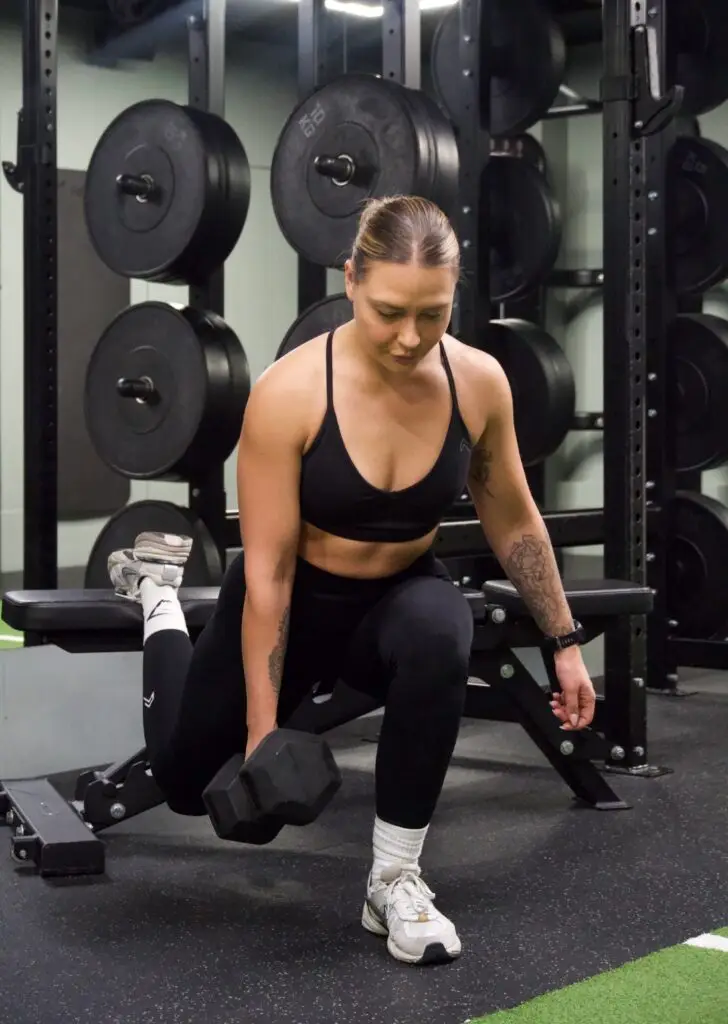
What Science Really Says
The fitness industry has been lying to you. For decades, they promoted daily training, body part splits, and complicated routines. Then science dropped a bomb that changed everything.
A landmark 2018 study analysed 22 research papers comparing different training frequencies. The results were shocking. Training each muscle group 2-3 times per week produced significantly better results than training once per week. The effect was so strong that researchers called it “undeniable.”
Here are the brutal facts:
– Training once per week: Minimal results
– Training twice per week: Good results
– Training three times per week: Excellent results
– Training more than three times per week: Diminishing returns
The dose-response relationship is clear. Going from 1 to 2 sessions per week produces massive improvements. Going from 2 to 3 sessions produces smaller but meaningful gains. Beyond 3 sessions, the benefits plateau or even decrease.
Another study compared equal training volume at different frequencies. One group trained each muscle once per week. Another group trained each muscle three times per week. Both groups did the same total amount of work. The high-frequency group gained significantly more muscle and strength.
This destroyed the traditional bodybuilding approach. For years, people believed that training each muscle once per week was optimal. Science proved this wrong. Your muscles need frequent stimulation to grow maximally.
Strength research shows even more dramatic results. Studies on powerlifting movements found that training each lift 3-6 times per week produced better results than training once or twice per week. Frequent practice improves both strength and skill.
The mechanism is simple: muscle protein synthesis. Training a muscle once per week means you only stimulate growth once. Training 2-3 times per week means you stimulate growth multiple times. More growth signals equal more muscle.
Meta-analyses confirm these findings across different populations. Young, old, male, female, trained, untrained, the pattern is consistent. Moderate frequency beats low frequency. High frequency shows diminishing returns.
The practical implications are revolutionary:
– Traditional body part splits are suboptimal
– Full-body and upper/lower splits are superior
– 3-4 training sessions per week is the sweet spot
– More is not always better
But here is what the studies do not tell you: Most research lasts only 6-12 weeks. Long-term studies might show different results. Advanced trainees might need different approaches. The research gives us principles, not rigid rules.
It wants to know: “What frequency guarantees results?” The answer is 2-3 times per week for each muscle group. This is your safety zone, the frequency that works for almost everyone.
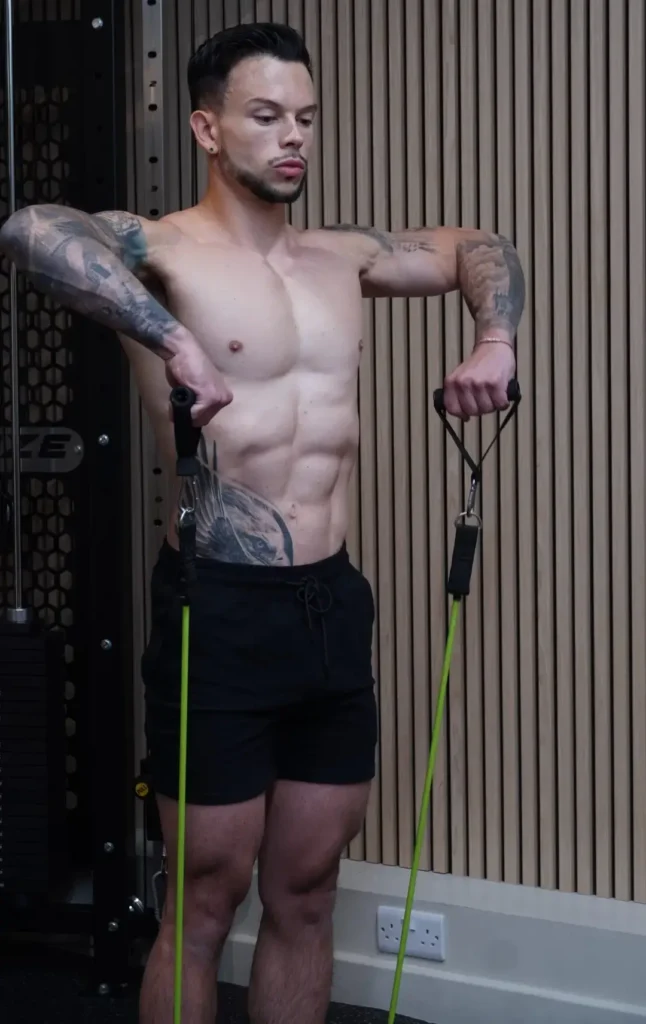
Frequency by Experience - The Evolution of a Warrior
Beginners, intermediates, and advanced trainees have different recovery abilities and adaptation rates. Your frequency must evolve as you grow stronger.
Beginner Frequency: The Recruit’s Schedule
New trainees are fragile. Their nervous systems are untrained. Their muscles are weak. Their recovery capacity is limited. Starting with high frequency is like throwing a recruit into battle without training.
Beginners should train 2-3 times per week, maximum. This provides enough stimulus for rapid adaptation while preventing overtraining. Full-body programs work best because they practice all movement patterns frequently.
The beginner’s advantage is rapid neural adaptation. Your nervous system learns movement patterns quickly, leading to fast strength gains. These gains come from skill, not muscle growth. Frequent practice accelerates this learning process.
Why beginners need a lower frequency:
– An untrained nervous system needs time to adapt
– Limited work capacity cannot handle high volume
– Rapid gains occur with minimal stimulus
– The risk of injury is highest during the learning phase
Starting with conservative frequency builds confidence and prevents setbacks. Success breeds success – early wins motivate continued effort.
The beginner frequency progression:
– Weeks 1-4: 2 times per week, full-body
– Weeks 5-12: 3 times per week, full-body
– Weeks 13+: Consider split programs and higher frequency
Intermediate Frequency: The Soldier’s Schedule
After 6-12 months of training, you become an intermediate. Your nervous system has adapted. Your work capacity has increased. Your recovery ability has improved. You need more stimulus to continue progressing.
Intermediates typically train 3-4 times per week. This allows higher weekly volume while maintaining adequate recovery. Upper/lower or push/pull/legs splits work well at this frequency.
The intermediate challenge is slowing progress. Beginner gains plateau and progress becomes gradual. Higher frequency and volume are needed to stimulate continued adaptation.
Why intermediates need moderate frequency:
– Improved work capacity can handle more volume
– Slower adaptation rate requires more stimulus
– Better recovery ability allows more frequent training
– Split programs allow focus on specific muscle groups
Stagnation triggers frustration and quitting. The right frequency maintains momentum and motivation.
The intermediate frequency options:
– 3 days per week: Push/pull/legs or full-body
– 4 days per week: Upper/lower split
– Adjust based on recovery and progress
Advanced Frequency: The Elite Warrior’s Schedule
Advanced trainees are training veterans. They have maximised beginner and intermediate gains. Their bodies are highly adapted to training stress. They need sophisticated programming to continue improving.
Advanced trainees can handle 4-6 training sessions per week. Their superior recovery capacity and work tolerance allow higher frequencies. However, this must be carefully managed to prevent overtraining.
The advanced challenge is diminishing returns. Progress becomes extremely slow. Small improvements require massive effort. Frequency manipulation becomes a key tool for continued adaptation.
Why can advanced trainees use a higher frequency?
– Excellent work capacity and recovery ability
– Need for high volume to stimulate adaptation
– Ability to manage complex programming
– Experience in recognising overtraining signs
Mediocrity is unacceptable. Higher frequency allows fine-tuning and optimisation that satisfies this drive for excellence.
Advanced frequency strategies:
– Daily undulating periodisation
– Block periodisation with varying frequencies
– Autoregulation based on daily readiness
– Specialised phases for specific adaptations
Age-Related Frequency: The Wisdom of Experience
Age affects your recovery capacity. Hormones decline, sleep quality decreases, and life stress increases. Your frequency must adapt to these biological realities.
Older adults typically need lower frequencies or longer recovery periods. This is not weakness – it is wisdom. Training smarter, not harder, becomes essential for continued progress.
Age-related frequency modifications:
– 40+: Consider extra rest days between sessions
– 50+: Focus on movement quality over quantity
– 60+: Prioritise consistency over intensity
– 70+: Emphasise functional movements and balance
The goal shifts from maximum performance to optimal health and function. Appropriate frequency supports this transition.
The 12-reps app considers your experience level when creating programs. Beginners get conservative frequencies with full-body programs. Advanced users can access higher frequency options. The app evolves with you as you gain experience.
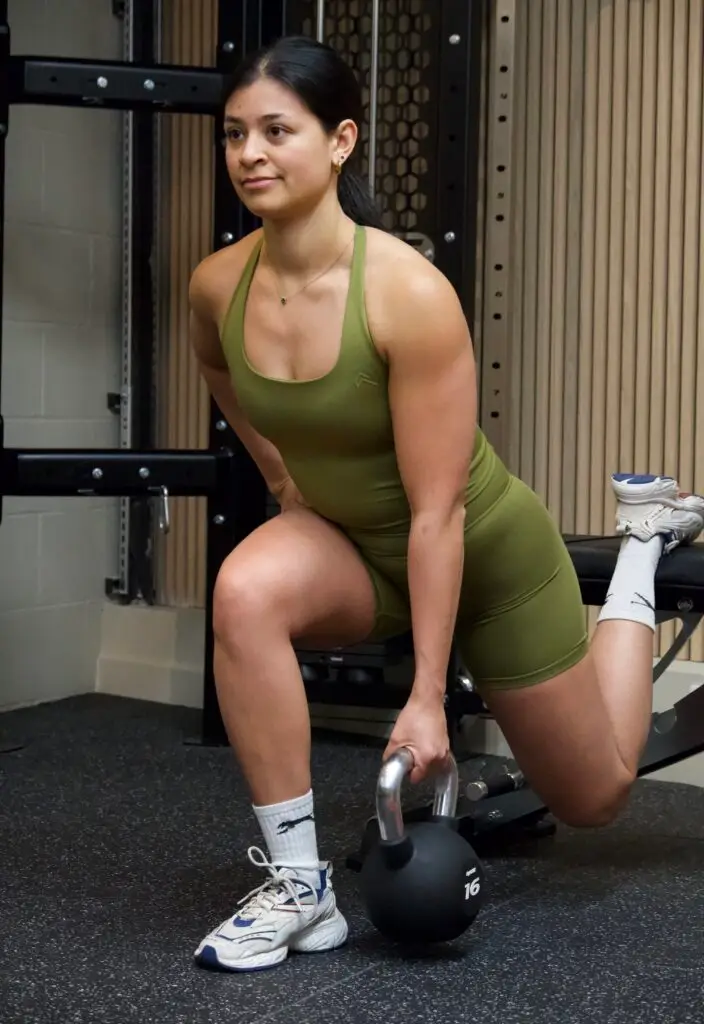
Real-World Frequency Decisions
Theory means nothing without practical application. Your real-world constraints determine your actual training frequency. The key is optimising within your limitations, not pursuing impossible ideals.
Lifestyle Constraints: The Reality Check
Your life determines your frequency more than any study. Work schedules, family obligations, and personal commitments create non-negotiable constraints. The best frequency is the one you can maintain consistently.
Busy executives often train twice per week and still achieve excellent results. The key is making those sessions count with compound exercises and progressive overload. Quality trumps quantity every time.
Parents with young children face unique challenges. Early morning or late evening sessions might be the only options. Home workouts become essential. Flexibility is more important than perfection.
Shift workers need adaptable programs. Irregular schedules make consistent frequency impossible. The solution is flexible programming that adapts to changing availability.
It is better to train twice per week consistently than four times per week sporadically. Consistency builds habits and delivers results.
Recovery Assessment: Reading Your Body’s Signals
Your body sends clear signals about your recovery status. Learning to read these signals helps you adjust the frequency for optimal results. Ignoring them leads to overtraining and injury.
Signs of good recovery:
– High energy levels throughout the day
– Quality sleep with natural awakening
– Maintained or improved strength levels
– Positive mood and motivation
– Looking forward to training sessions
Signs of poor recovery:
– Persistent fatigue and low energy
– Disrupted sleep patterns
– Declining strength and performance
– Irritability and mood swings
– Dreading training sessions
Poor recovery signals danger, triggering protective responses. Reduced frequency allows recovery and prevents system breakdown.
Recovery factors you can control:
– Sleep quality and duration (most important)
– Nutrition timing and quality
– Stress management techniques
– Hydration levels
– Active recovery activities
Overtraining vs. Undertraining: Finding the Sweet Spot
Most people fear overtraining but suffer from undertraining. The fitness industry has created paranoia about doing too much. In reality, most people do too little to stimulate meaningful adaptation.
True overtraining is rare and takes months to develop. It involves persistent fatigue, declining performance, mood changes, and increased injury risk. Most people experience temporary overreaching, not overtraining.
Undertraining is more common and equally problematic. Insufficient stimulus fails to trigger adaptation. You maintain current fitness but never improve. This leads to frustration and quitting.
The sweet spot is progressive overload with adequate recovery. You should feel challenged during training but recovered before the next session. This balance requires constant adjustment based on feedback.
It needs to know when you are pushing too hard or not hard enough. Learning these signals prevents both overtraining and undertraining.
Frequency Adjustments: The Art of Optimisation
Your optimal frequency changes over time. Life stress, sleep quality, nutrition, and training experience all affect your recovery capacity. Successful trainees adjust frequency based on current circumstances.
Increase frequency when:
– Progress has stalled despite consistent effort
– Recovery is excellent, and energy is high
– Life stress is low, and sleep is good
– You have more available training time
Decrease frequency when:
– Persistent fatigue and poor recovery
– Declining performance despite effort
– High life stress or poor sleep
– Limited time availability
It wants to find the perfect balance between stimulus and recovery. This requires experimentation and honest self-assessment.
The 12reps app includes recovery monitoring tools to help you assess your status. It asks about sleep, energy, and motivation to determine if your frequency is appropriate. This feedback loop ensures optimal programming.

Training Schedules
Knowledge without action is worthless. Here are proven training schedules for different frequencies. Each program is battle-tested and designed for maximum results within time constraints.
2-Day Warrior Schedule: Maximum Impact, Minimum Time
Perfect for busy people who want results. This schedule trains your entire body twice per week with 72 hours of recovery between sessions. Every exercise is a compound movement for maximum efficiency.
2-Day Full-Body Domination Program
Training Program
Exercise A | Sets | Reps | Rest | Exercise B (Superset) | Sets | Reps |
Barbell Squat | 4 | 6-10 | 30s | Kettlebell Swings | 4 | 15-20 |
Dumbbell Bench Press | 4 | 8-12 | 30s | Resistance Band Rows | 4 | 12-15 |
Barbell Deadlift | 3 | 5-8 | 30s | Dumbbell Shoulder Press | 3 | 10-12 |
Machine Lat Pulldown | 3 | 10-15 | 30s | Bodyweight Planks | 3 | 30-60s |
Training Program
Exercise A | Sets | Reps | Rest | Exercise B (Superset) | Sets | Reps |
Machine Leg Press | 4 | 12-18 | 30s | Kettlebell Goblet Squats | 4 | 12-15 |
Dumbbell Incline Press | 4 | 10-12 | 30s | Single-arm Dumbbell Row | 4 | 8-10 each |
Barbell Romanian Deadlift | 3 | 8-12 | 30s | Resistance Band Face Pulls | 3 | 15-20 |
Machine Chest Press | 3 | 12-15 | 30s | Dumbbell Bicep Curls | 3 | 10-15 |
Why this works: Every muscle group is trained twice per week with optimal recovery. Supersets maximise time efficiency while maintaining strength focus. Progressive overload drives continuous improvement.
3-Day Elite Schedule: The Perfect Balance
The gold standard for most people. This frequency provides an optimal stimulus-to-recovery ratio. You can use full-body or split approaches depending on your preferences and goals.
3-Day Push/Pull/Legs Domination
Training Program
Exercise A | Sets | Reps | Rest | Exercise B (Superset) | Sets | Reps |
Barbell Bench Press | 4 | 6-10 | 30s | Kettlebell Push Press | 4 | 8-10 each |
Dumbbell Shoulder Press | 4 | 8-12 | 30s | Resistance Band Lateral Raises | 4 | 12-15 |
Machine Chest Press | 3 | 10-15 | 30s | Dumbbell Tricep Extensions | 3 | 10-12 |
Barbell Close-grip Bench | 3 | 8-12 | 30s | Bodyweight Dips | 3 | 6-12 |
Training Program
Exercise A | Sets | Reps | Rest | Exercise B (Superset) | Sets | Reps |
Barbell Bent-over Row | 4 | 8-12 | 30s | Resistance Band Face Pulls | 4 | 15-20 |
Machine Lat Pulldown | 4 | 10-12 | 30s | Dumbbell Bicep Curls | 4 | 10-15 |
Kettlebell Single-arm Row | 3 | 8-10 each | 30s | Bodyweight Inverted Rows | 3 | 6-10 |
Machine Cable Row | 3 | 12-15 | 30s | Resistance Band Bicep Curls | 3 | 12-15 |
Training Program
Exercise A | Sets | Reps | Rest | Exercise B (Superset) | Sets | Reps |
Barbell Back Squat | 4 | 8-12 | 30s | Kettlebell Goblet Squats | 4 | 12-15 |
Barbell Romanian Deadlift | 4 | 8-12 | 30s | Dumbbell Lunges | 4 | 10 each |
Machine Leg Press | 3 | 12-18 | 30s | Resistance Band Glute Bridges | 3 | 15-20 |
Machine Leg Curl | 3 | 12-15 | 30s | Bodyweight Calf Raises | 3 | 15-20 |
Why this works: Each muscle group gets focused attention with a 48-72 hour recovery. Higher volume per session allows for greater specialisation. Perfect balance of stimulus and recovery.
4-Day Advanced Schedule: High-Volume Domination
For intermediate to advanced trainees. This frequency allows higher weekly volume while maintaining adequate recovery. Upper/lower splits work perfectly with this schedule.
4-Day Upper/Lower Assault
Training Program
Exercise A | Sets | Reps | Rest | Exercise B (Superset) | Sets | Reps |
Barbell Bench Press | 5 | 5-8 | 30s | Dumbbell Bent-over Row | 5 | 8-12 |
Machine Lat Pulldown | 4 | 8-12 | 30s | Dumbbell Shoulder Press | 4 | 8-12 |
Kettlebell Press | 3 | 6-10 each | 30s | Resistance Band Bicep Curls | 3 | 12-15 |
Machine Cable Row | 3 | 10-15 | 30s | Dumbbell Tricep Extensions | 3 | 10-12 |
Training Program
Exercise A | Sets | Reps | Rest | Exercise B (Superset) | Sets | Reps |
Barbell Back Squat | 5 | 5-8 | 30s | Kettlebell Swings | 5 | 15-20 |
Barbell Romanian Deadlift | 4 | 6-10 | 30s | Dumbbell Lunges | 4 | 10 each |
Machine Leg Press | 3 | 12-18 | 30s | Resistance Band Lateral Walks | 3 | 12 each |
Machine Leg Curl | 3 | 10-15 | 30s | Bodyweight Single-leg Calf Raises | 3 | 10 each |
Training Program
Exercise A | Sets | Reps | Rest | Exercise B (Superset) | Sets | Reps |
Dumbbell Incline Press | 4 | 8-12 | 30s | Kettlebell Single-arm Row | 4 | 8-10 each |
Machine Chest Press | 4 | 10-15 | 30s | Dumbbell Lateral Raises | 4 | 10-15 |
Barbell Bent-over Row | 3 | 10-12 | 30s | Resistance Band Tricep Extensions | 3 | 12-15 |
Machine Lat Pulldown | 3 | 12-15 | 30s | Dumbbell Hammer Curls | 3 | 10-12 |
Training Program
Exercise A | Sets | Reps | Rest | Exercise B (Superset) | Sets | Reps |
Barbell Front Squat | 4 | 8-12 | 30s | Kettlebell Goblet Squats | 4 | 12-15 |
Dumbbell Romanian Deadlift | 4 | 10-12 | 30s | Bodyweight Single-leg Glute Bridges | 4 | 8 each |
Machine Leg Press | 3 | 15-20 | 30s | Resistance Band Clamshells | 3 | 15 each |
Machine Leg Curl | 3 | 12-15 | 30s | Dumbbell Calf Raises | 3 | 12-15 |
Why this works: Each muscle group is trained twice per week with varied intensities and rep ranges. Higher weekly volume supports continued progress in experienced trainees.
Frequency Selection Guide: Choose Your Weapon
Your frequency choice depends on multiple factors:
Choose 2 days per week if:
– You are a complete beginner
– Time is extremely limited
– Recovery capacity is poor
– Life stress is very high
Choose 3 days per week if:
– You want optimal results with a moderate time investment
– You are a beginner to intermediate trainee
– You have good recovery capacity
– You want the most scientifically supported frequency
Choose 4 days per week if:
– You are intermediate to advanced
– You want higher training volume
– You have excellent recovery capacity
– You enjoy training and have adequate time
Choose 5+ days per week if:
– You are an advanced athlete
– You have exceptional recovery capacity
– Training is your primary focus
– You understand periodisation and autoregulation
Start with 3 days per week, it works for 90% of people. Adjust based on results and recovery. More is not always better.
The 12reps app eliminates guesswork by asking about your experience, goals, and available time. It then creates the optimal frequency for your situation. The app also allows easy adjustments as your needs change.
You now possess the ultimate weapon: knowledge of optimal training frequency. This information separates the 3% who succeed from the 97% who fail. The question is: What will you do with this power?
The science is undeniable:
– Train each muscle group 2-3 times per week for optimal results
– 3-4 total training sessions per week is the sweet spot for most people
– Consistency with suboptimal frequency beats, inconsistency with perfect frequency
– Your individual factors determine your personal optimal frequency
Actionable rules. Here they are:
The Frequency Commandments:
1. Start with 3 days per week if you are unsure
2. Train each muscle group every 48-72 hours
3. Prioritise consistency over perfection
4. Adjust based on recovery and progress
5. More is not always better
Your frequency journey has three phases:
– Phase 1: Start conservative (2-3 days per week)
– Phase 2: Optimise based on results (3-4 days per week)
– Phase 3: Fine-tune for advanced goals (4+ days per week)
The biggest mistake you can make is overthinking. Your brain wants action, not analysis paralysis. Pick a frequency, start training, and adjust based on results. Perfect is the enemy of good.
Your transformation starts with the first workout. Every day you delay is a day of lost progress. Your future self is counting on the decisions you make today.
The 12reps app is your frequency weapon. It eliminates guesswork, provides proven programs, and adjusts based on your progress. Download it at 12reps app and stop wasting time with suboptimal frequencies.
Your body is a survival machine that responds to consistent stimuli. Give it the right frequency and it will reward you with strength, muscle, and confidence. Your primitive brain will thank you for making the smart choice.
The choice is yours: Continue struggling with the wrong frequency, or embrace the science and transform your body. Your croc brain knows the right answer.
Download the 12reps app now and start your frequency-optimised transformation today.
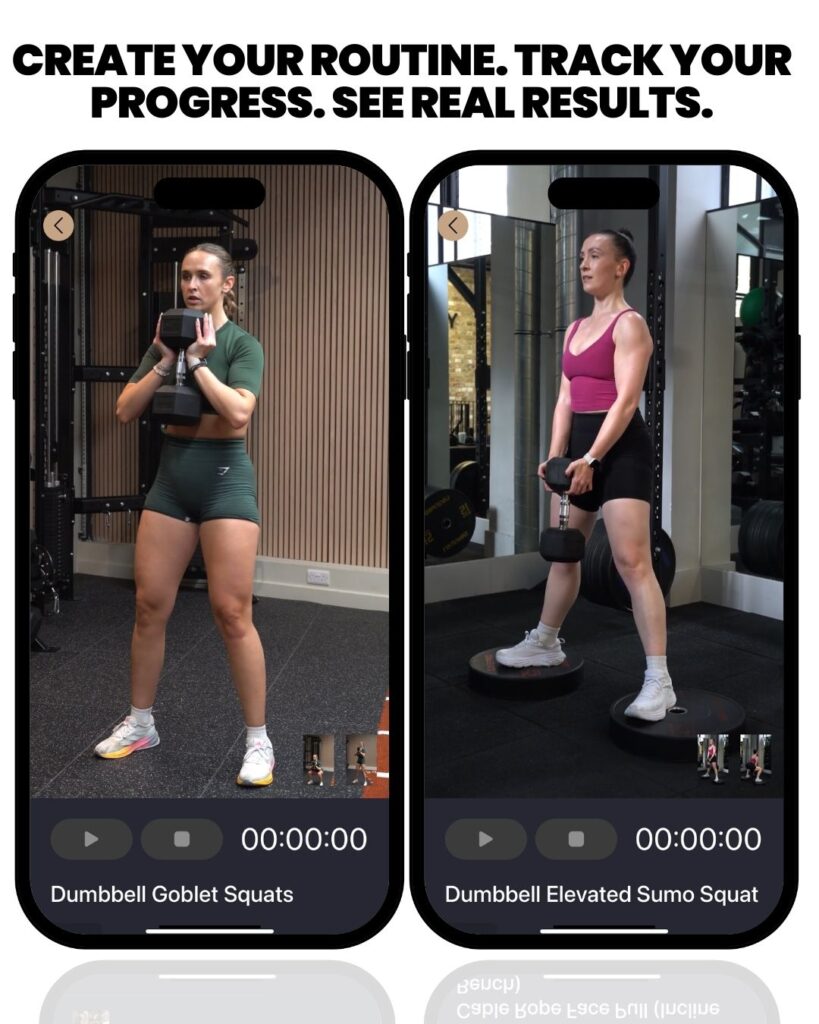
References
- Ralston, G.W., et al. (2018). Weekly training frequency effects on strength gain: a meta-analysis. Sports Medicine-Open, 4(1), 36.
- Grgic, J., et al. (2018). Effect of resistance training frequency on gains in muscular strength: a systematic review and meta-analysis. Sports Medicine, 48(5), 1207-1220.
3. Schoenfeld, B.J., et al. (2019). Resistance training frequency and skeletal muscle hypertrophy: A review of available evidence. Journal of Science and Medicine in Sport, 22(3), 361-370


